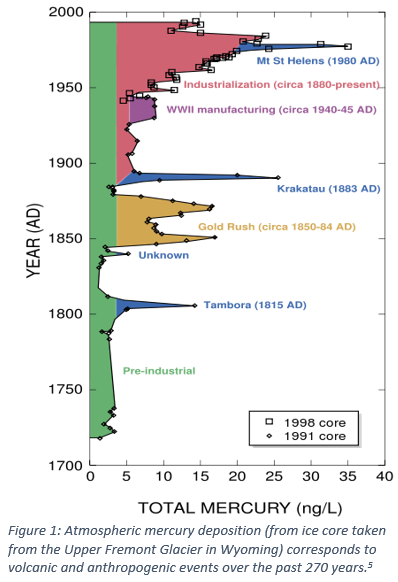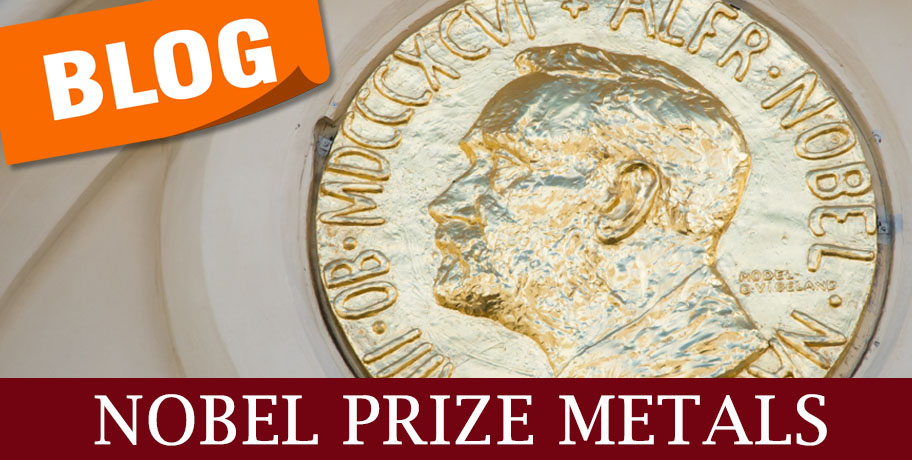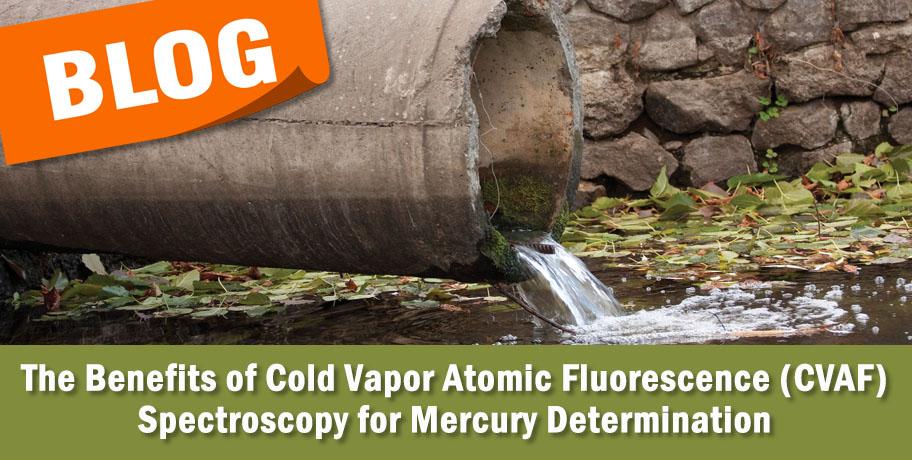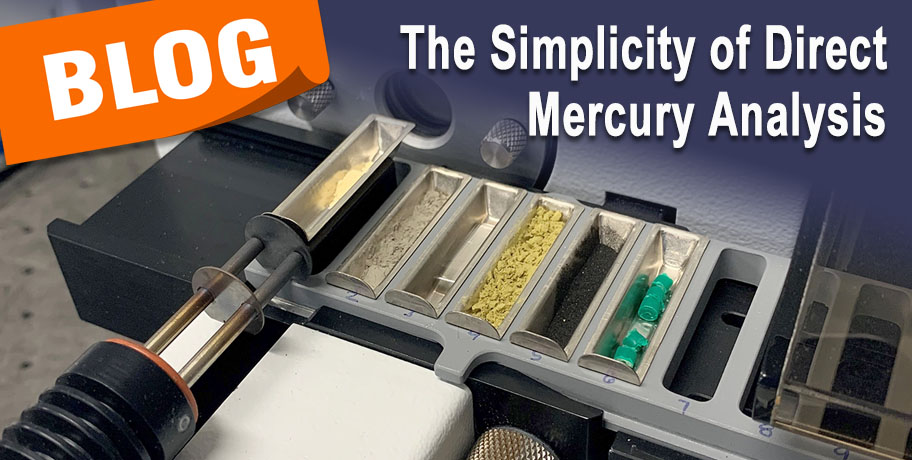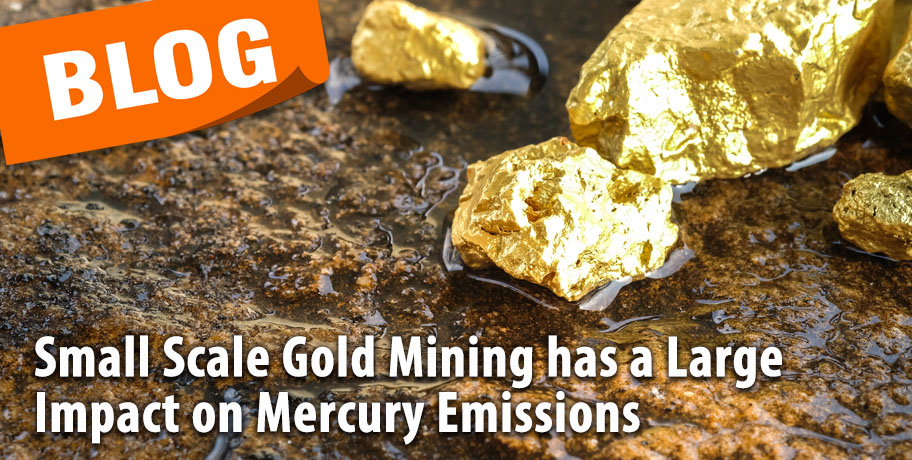A lot of focus is put on anthropogenic (human-caused) releases of mercury into the environment, but let’s take a closer look into a powerful, natural source of mercury: volcanoes! We’ll explore why volcanic eruptions can increase global mercury levels, how we measure mercury released from past major eruptions, and how those measurements inform our policies for the future. So, how does mercury move from fire to ice?
Read MoreTeledyne Leeman Labs Blog
Sara Kennedy
Recent Posts
“While the invading forces marched in the streets of Copenhagen, I was busy dissolving Laue’s and also James Franck’s [Nobel Prize] medals.”1
Let us travel back to the 1940s. The Second World War is sweeping across Europe. As Denmark is being occupied by German forces, George de Hevesy doesn’t need to use weapons to protect his colleagues. He relies on science!
Read MoreTags: mercury analysis
Trace Elemental Analysis by Atomic Absorption Spectroscopy
Posted by Sara Kennedy on Jan 23, 2023 4:17:03 PM
Trace elemental analysis
Teledyne Leeman Labs has specialized in trace elemental analysis for over 40 years. With initial success in Inductively Coupled Plasma-Atomic Emission Spectroscopy (ICP-AES), also referred to as Inductively Coupled Plasma-Optical Emission Spectroscopy (ICP-OES), Teledyne Leeman Labs went on to develop innovative product lines. Those included branching out into various elemental analysis techniques, including DC Arc and Mercury Analysis. Our elemental analysis instruments can be found in laboratories across the world, providing service to a range of industries. From agriculture to aerospace and food to forensics, Teledyne Leeman Labs is dedicated to providing world-class instruments for trace elemental analysis.
Figure 1: Atomic Spectra for mercury (Hg), Copyright © Richard Pogge, All Rights Reserved
Atomic absorption spectroscopy
Atomic absorption spectroscopy (AAS) is one of the first commercially available elemental analysis techniques. This tried-and-true method remains a top choice for its simplicity and reliability.
Read MoreTags: Hg analysis, Atomic Spectroscopy
The Benefits of Cold Vapor Atomic Fluorescence (CVAF) Spectroscopy for Mercury Determination
Posted by Sara Kennedy on Sep 14, 2022 2:50:00 PM
Cold Vapor Atomic Florescence Spectroscopy (CVAF)
In contrast to most cold vapor atomic absorption (CVAA) systems, the desirable characteristics of CVAFS-based mercury analyzers include:
Why Testing Mercury in Wastewater and Drinking Water Is Important
Posted by Sara Kennedy on Aug 23, 2022 5:54:21 PM
Factsheet and Understanding the Importance of Testing Mercury in Wastewater
What is Wastewater and Why Treat it?
Wastewater is made of all ‘used’ water. Its composition ranges widely from grey water produced in homes and businesses to runoff into storm drains. It also includes sewage sludge and industrial process waste. Wastewater contains any number of substances including chemicals, soaps, food scraps, oils, and human waste. Read MoreTags: Mercury in Wastewater
Mercury Testing in Water and Health Effects of Mercury in Drinking Water
Posted by Sara Kennedy on Jul 8, 2022 4:04:51 PM
Mercury Testing in Water and Health Effects of Mercury in Drinking Water
How does mercury get into drinking water supplies? How do we know when our drinking water is polluted? How does mercury contamination impact human health? In this blog we will focus on the sources of mercury in the environment, discuss health risks associated with mercury exposure, examine water treatment for mercury, review existing regulation designed to monitor and mitigate mercury and highlight Teledyne Leeman Labs’ role in manufacturing analyzers that test for mercury in water samples.
Read MoreTags: mercury
Direct Analysis by Thermal Decomposition
Direct mercury analysis is a well-established analytical technique for mercury determination used by the academic, biological, clinical, environmental, food, and industrial communities that has been approved by organizations such as the EPA in Method 7473 and the ASTM in Methods D6722 and D7623. This analysis employs the technique of thermal decomposition (sample combustion), mercury concentration via gold amalgamation, and detection by cold vapor atomic absorption. The biggest advantage of direct mercury analysis is no sample preparation or chemical reduction is required. The total mercury is released as a vapor when the sample is combusted. Advantages of thermal decomposition include:
Read MoreTags: thermal decomposition
Small Scale Gold Mining has a Large Impact on Mercury Emissions
Posted by Sara Kennedy on May 18, 2022 3:46:54 PM
Artisanal and small-scale gold mining (ASGM) is defined by the Minamata Convention on Mercury as ‘gold mining conducted by individual miners or small enterprises with limited capital investment and production’. This type of mining often uses liquid mercury which forms an amalgam with the gold ore in the soil. The very small particles of gold are dissolved into the mercury to form a dark grey clump. To release the gold from the amalgam, the alloy is melted over a flame, driving the gaseous mercury vapor into the air and leaving behind the extracted gold. It is estimated that ASGM produces up to 20% of the world’s gold and 35% of all mercury pollution into the environment. Gold mining using mercury is detrimental to the health of workers, their environment, and their communities but there are economic and social considerations that limit the implementation of mercury free mining technologies.
Read MoreTags: mercury, mercury measurement, Mining
Mercury is well known to international agencies as toxic and a risk to human health. And yet, mercury is a common ingredient in cosmetic skin whitening creams due to its bleaching effect on skin. Repeated topical application can cause mercury to accumulate in the body as it is easily absorbed through the skin as well as through the lungs by inhalation. Applying these creams repeatedly and for prolonged periods of time can cause numerous adverse health effects. Mercury is still being added as an ingredient despite the known health concerns associated with it.
Read MoreTags: mercury

